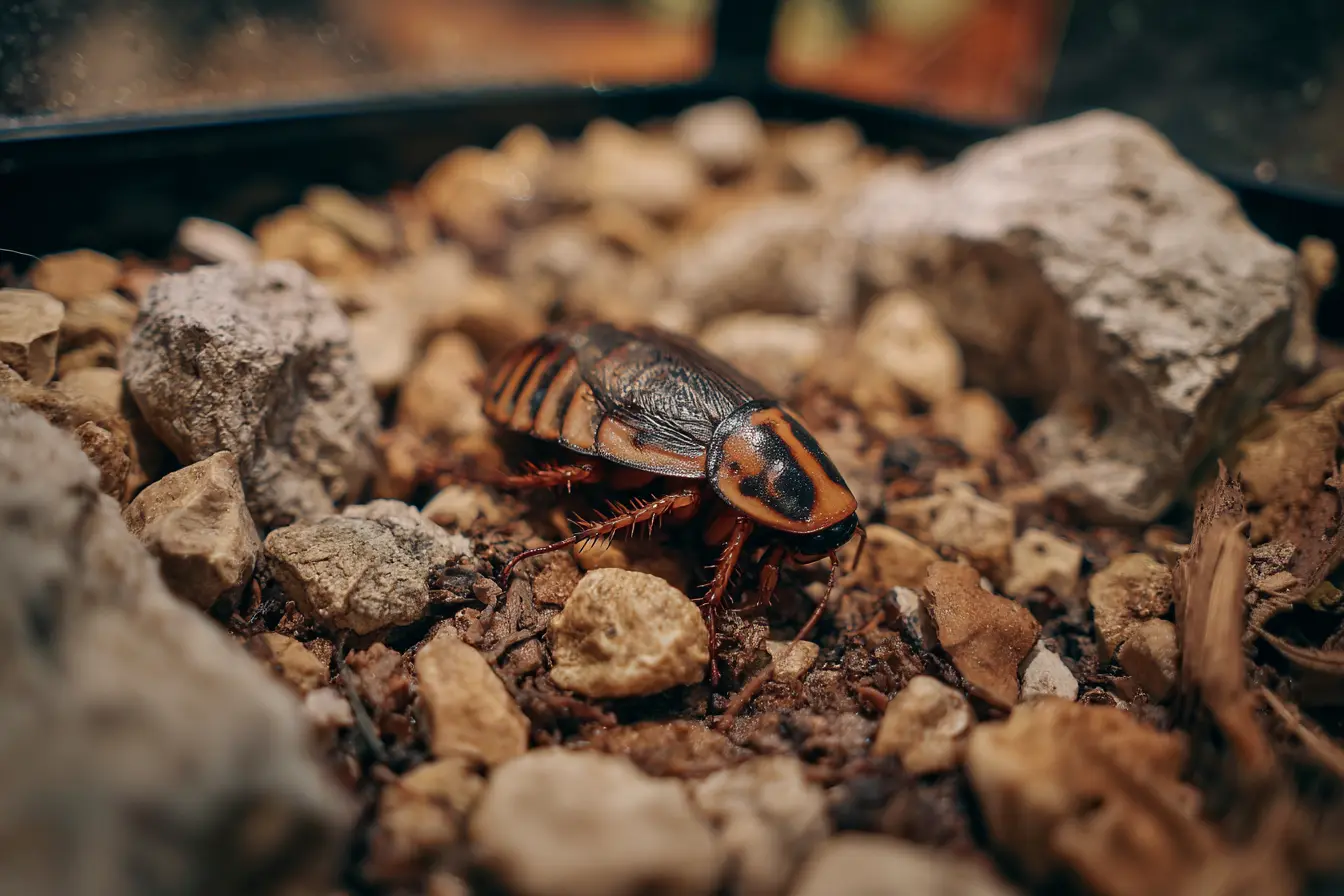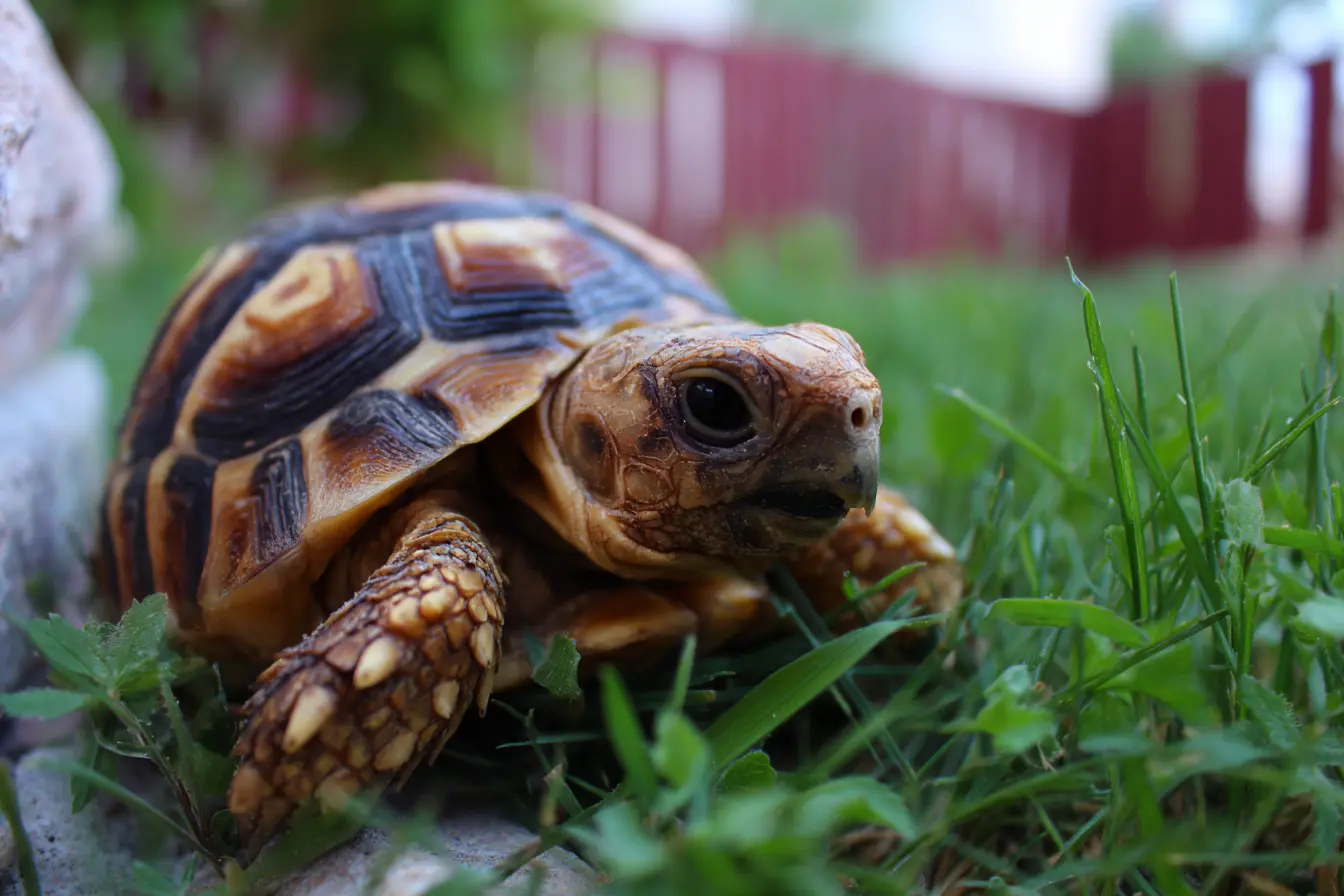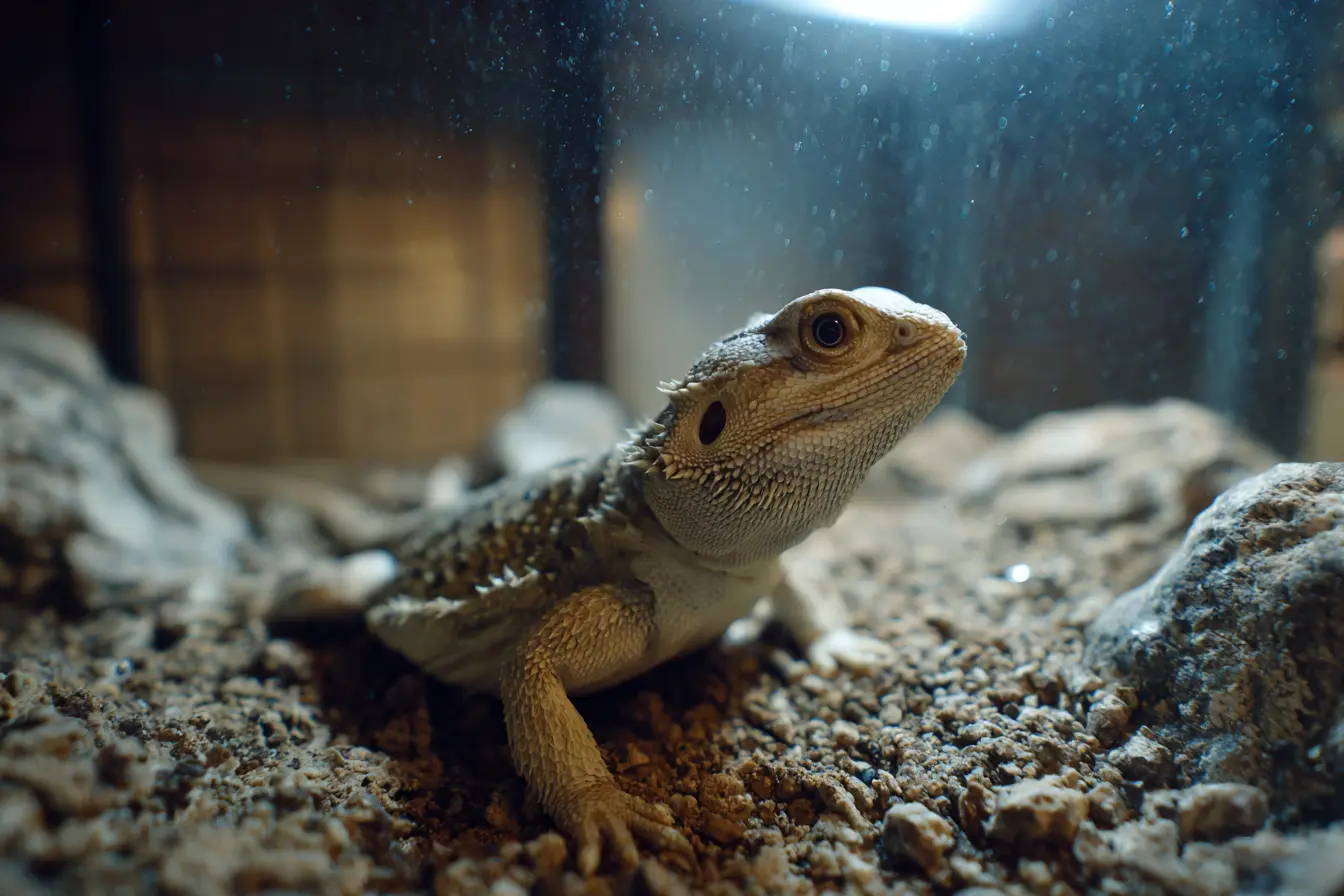
Keeping the Death’s Head Cockroach
The death’s head cockroach (Blaberus craniifer) is an exotic insect prized among invertebrate enthusiasts for its striking appearance and ease of care. Named for the skull-like pattern on its pronotum (the plate behind the head), this cockroach is not only visually intriguing but also docile, clean, and easy to maintain. In this guide, we’ll walk through everything you need to know to successfully keep and breed Blaberus craniifer in captivity.
What is a Death’s Head Cockroach?
The death’s head cockroach is a large species native to Central America and the Caribbean, particularly Cuba and Hispaniola. It belongs to the Blaberidae family, which includes other large, winged cockroach species often kept as pets.
Key Characteristics
- Scientific name: Blaberus craniifer
- Size: Up to 7.5 cm (3 inches)
- Lifespan: 1.5 to 2 years (sometimes longer in ideal conditions)
- Appearance: Shiny brown body, black wing casing, with a distinct pale “skull” marking on the pronotum
- Wings: Fully winged, but rarely flies in captivity
- Temperament: Calm, non-aggressive, and easy to handle
Despite their fearsome name and appearance, death’s head cockroaches are harmless, odourless, and cannot infest your home.
Enclosure Setup
Tank Size
A small group of cockroaches can be housed in a 20–30 litre container, such as a plastic faunarium or glass terrarium with a secure, ventilated lid. Larger colonies will require more space.
Ventilation
Ventilation is important to prevent mould and odour. Use mesh-covered air holes or a screen lid to allow for airflow while maintaining humidity.
Substrate
Use a moisture-retaining substrate to help maintain humidity and encourage natural behaviours like burrowing:
- Coconut coir (recommended)
- Organic, chemical-free topsoil
- Sphagnum moss
- Leaf litter (optional, for enrichment)
Aim for a substrate depth of 5–10 cm and spot-clean as needed.
Hides and Structure
Provide plenty of hiding areas to reduce stress and encourage breeding. Use:
- Egg cartons (stacked horizontally)
- Cork bark slabs
- Toilet rolls or paper tubes
- Pieces of bark or bark caves
Cockroaches prefer dark, secure spaces and will hide for much of the day.
Temperature and Humidity
As tropical insects, death’s head cockroaches require warm, humid conditions to thrive.
- Temperature: 25–30°C (77–86°F)
- Humidity: 60–80%
Use a heat mat on the side or bottom of the enclosure, controlled by a thermostat, to maintain stable warmth. Mist lightly as needed to maintain humidity, but avoid making the enclosure soggy.
Diet and Feeding
Death’s head cockroaches are omnivorous scavengers with a hearty appetite. Offer a mix of fresh fruits, vegetables, and protein sources.
Vegetables:
- Carrot
- Sweet potato
- Courgette
- Butternut squash
Fruits:
- Apple
- Banana
- Grapes
- Melon
Protein
- Fish flakes
- High-quality dry dog or cat food (sparingly)
- Cooked egg or chicken (occasional treat)
- Insect jelly or roach chow
Feed small amounts 2–3 times per week and remove any uneaten fresh food after 24 hours to avoid mould. Provide food in shallow dishes to keep the enclosure clean.
Water
Provide water in one of the following ways:
- Water gel crystals (safest for nymphs)
- A shallow dish with a sponge or cotton wool
- Moist fruit and vegetables (can contribute to hydration)
Avoid open water bowls, especially with young nymphs, as they can drown easily.
Handling and Behaviour
Death’s head cockroaches are slow-moving and tolerate gentle handling, though they prefer to be left alone.
Tips for Handling
- Always handle with clean, damp hands to avoid harming their exoskeleton
- Be gentle and scoop rather than grab
- Do not handle during moulting or immediately after
They are more active at night (nocturnal) but may emerge during the day if undisturbed.
Breeding and Colony Management
This species breeds readily in captivity if provided with proper conditions.
Reproduction Facts
- Ovoviviparous: Females carry oothecae (egg cases) internally
- Gestation lasts around 6–8 weeks
- Nymphs are born live, pale in colour, and darken over time
- Nymphs take 4–6 months to mature
Colony Tips
- Keep a group of at least 10 to ensure breeding success
- Separate generations may be kept together
- Avoid disturbing the enclosure frequently, especially when nymphs are present
A well-maintained enclosure will support a self-sustaining colony.
Cleaning and Maintenance
Death’s head cockroaches produce minimal waste, and a properly maintained enclosure will not smell.
Cleaning Routine
- Daily: Check temperature and humidity, remove uneaten food
- Weekly: Spot clean faeces and debris
- Monthly or Bi-monthly: Replace substrate and wipe down enclosure with warm water
Avoid chemical cleaners. Use hot water and natural cleaning tools.
Health and Common Issues
Death’s head cockroaches are hardy but require consistent care. Watch out for:
- Dehydration: Curling, dry appearance, lethargy
- Failed moults: Caused by low humidity or overcrowding
- Mould and mites: Resulting from poor hygiene or soggy substrate
- Escapes: Ensure lids are tightly sealed
Maintain stable conditions and avoid sudden changes to temperature or humidity.
Pros and Cons
Pros
- Striking appearance with unique “skull” pattern
- Low maintenance and hardy
- No smell or noise
- Easy to breed and observe
- Safe for handling and educational use
Cons
- Short lifespan compared to reptiles or mammals
- May be unsettling to people unfamiliar with insects
- Require stable warmth and humidity
- May glide (rarely) if startled
Final Thoughts
The death’s head cockroach is a highly underrated exotic pet. Its large size, eerie aesthetic, and simple care requirements make it a favourite among insect keepers. Whether kept as a display species, a breeding project, or simply for the love of odd creatures, Blaberus craniifer is an excellent addition to any invertebrate collection.
By replicating their natural habitat and providing consistent warmth, humidity, and nutrition, you'll enjoy a thriving, low-maintenance colony of these captivating insects. Despite their name, they’re anything but deadly—just misunderstood.
Related Vets
Vets near you
Speciality vets
- Aquatics vet specialists
- Birds vet specialists
- Camelids vet specialists
- Cats vet specialists
- Cattle vet specialists
- Deer vet specialists
- Dogs vet specialists
- Equines vet specialists
- Exotic vet specialists
- Goats vet specialists
- Pigs vet specialists
- Poultry vet specialists
- Sheep vet specialists
- Small Mammals vet specialists
- Wild vet specialists











